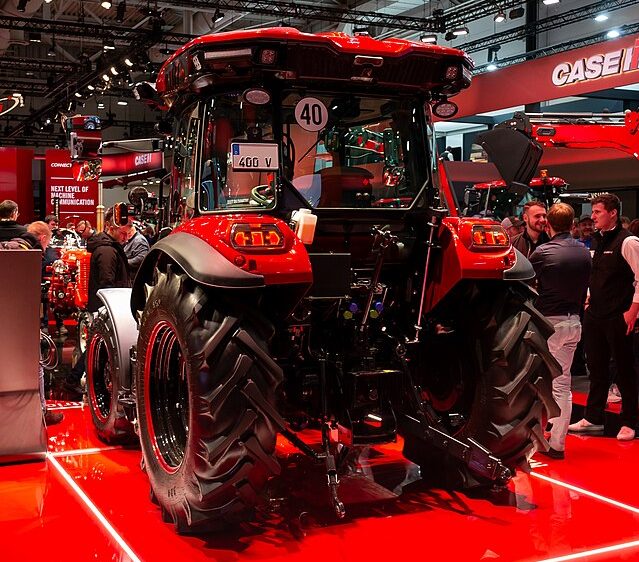Since December 2020, India’s heavy equipment makers have been releasing new electric tractors whose fuel economy is changing the agricultural landscape.
With auto manufacturers leading the way, the union government is also beginning to invest in off-road electrification through a national plan.
Union Minister Nitin Gadkari in mid-2024 egged manufacturers to transition to the electric versions, promising governmental backing.
By July 2024, the blueprint electric vehicle (EV) sector of mostly two-wheel and passenger vans had reached a total 4,135,077 unit sales. Of these, 1,700,000 units went into sale during the 2023-24 fiscal year alone.
Nevertheless, electrification of agricultural machinery has hitherto lagged due to the complex needs such as battery magnitude.
According to Arun Surendra, chairman and managing director of tractor maker VST Group, the way out is improvement in battery capacity.
Arun expects significant changes in the e-tractor scene in 5 years’ time given that India already ranks among the biggest tractor manufacturers.
The government seeks to boost nationwide agricultural mechanization levels from a current 47% to over 75% in 25 years.
Down Memory Lane
The electrification transition did not start only in 2024. In mid-December 2023, Sonalika Tractors unveiled Tiger Electric, India’s first battery-powered tractor at a beginner’s price of 500,990 rupees.
Since then, the country is still in the e-tractor infancy, despite being a world leader in other agricultural equipment manufacturing.
However, Ashok Leyland has in October 2024 begun delivering its new battery-charged farming equipment including AVTR tractors. This marks a big leap that could inspire other mainstream vehicle makers.
One of these is VST Group, which is exploring the new technology’s potential to revolutionize agriculture as it has done urban transport.
Sustainable Benefits of Electric Tractors
Agricultural stakeholders in India promote e-tractors as eco-friendly choices due to their efficient fuel economy and low emissions. On average, diesel-powered tractors cause 6% of all farm-based carbon emissions in the country.
This sustainability goal therefore matches India’s net-zero emission target by 2070, and technology could help attain it.
All this ultimately reveals a growing push towards bringing agricultural mechanization revolution in India via electric tractors. To learn more about farm mechanization on the subcontinent, read on the statistics below.
India Tractor Statistics
India is one of the trio of countries with most agricultural equipment such as tractors and combine harvesters. In 2003, the south Asia nation had the second highest tractor numbers excluding small gardening types at 2,532,900 units. Only the United States had more at 4,389,812 units (figure from 2007) . This tally could improve as India trials electric types, which analysts think could reduce the power bill. A traditional tractor consumes 8% of India’s yearly diesel usage or 4% of fuel import expenditure and 6% of agricultural emissions.
How many tractors per square km of farm land does India have?
Figures from 2003 show that India averages 158.51 tractors per square km of farmland. Based on statistics from diverse years from 1970 to 2010, this puts India at position 79 worldwide, with Slovenia at the top. India’s per-km penetration could be more if 10% of the country’s annual tractor production does not undergo export.
How high is weight-based production per capita of tractors in India?
India boasts an 8.1% share in the production of tractors by weight worldwide at 570,000 tonnes per year. Only China at 2 million tonnes and the United States at 939,000 tonnes per capita produce more annually.
How much is an e-tractor in India?
In 2024, the price of an e-tractor averages over 614,000 rupees ($7,306.60) while the unit price for the country’s first locally manufactured electric tractor in December 2020 was 500,990 rupees ($5,956.77). The government helps farmers buy such equipment via Sub-Mission on Agricultural Mechanization (SMAM) subsidy program.
